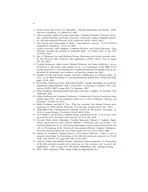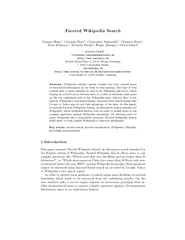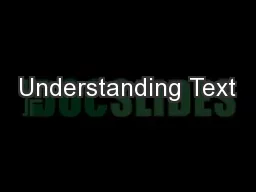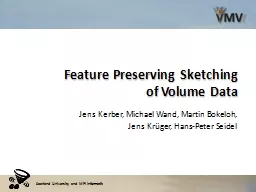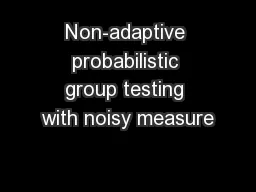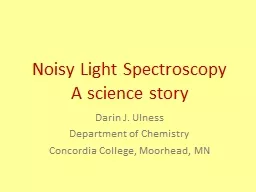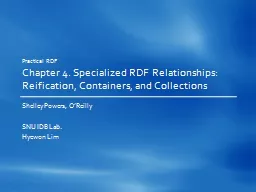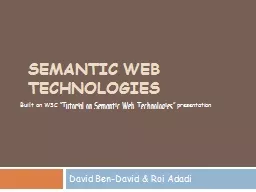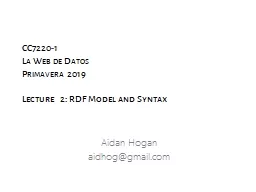PDF-Type Inference on Noisy RDF Data Heiko Paulheim and Christian Bizer University of Mannheim
Author : karlyn-bohler | Published Date : 2014-12-18
unimannheimde Abstract Type information is very valuable in knowledge bases How ever most large open knowledge bases are incomplete with respect to type information
Presentation Embed Code
Download Presentation
Download Presentation The PPT/PDF document "Type Inference on Noisy RDF Data Heiko P..." is the property of its rightful owner. Permission is granted to download and print the materials on this website for personal, non-commercial use only, and to display it on your personal computer provided you do not modify the materials and that you retain all copyright notices contained in the materials. By downloading content from our website, you accept the terms of this agreement.
Type Inference on Noisy RDF Data Heiko Paulheim and Christian Bizer University of Mannheim: Transcript
Download Rules Of Document
"Type Inference on Noisy RDF Data Heiko Paulheim and Christian Bizer University of Mannheim"The content belongs to its owner. You may download and print it for personal use, without modification, and keep all copyright notices. By downloading, you agree to these terms.
Related Documents

